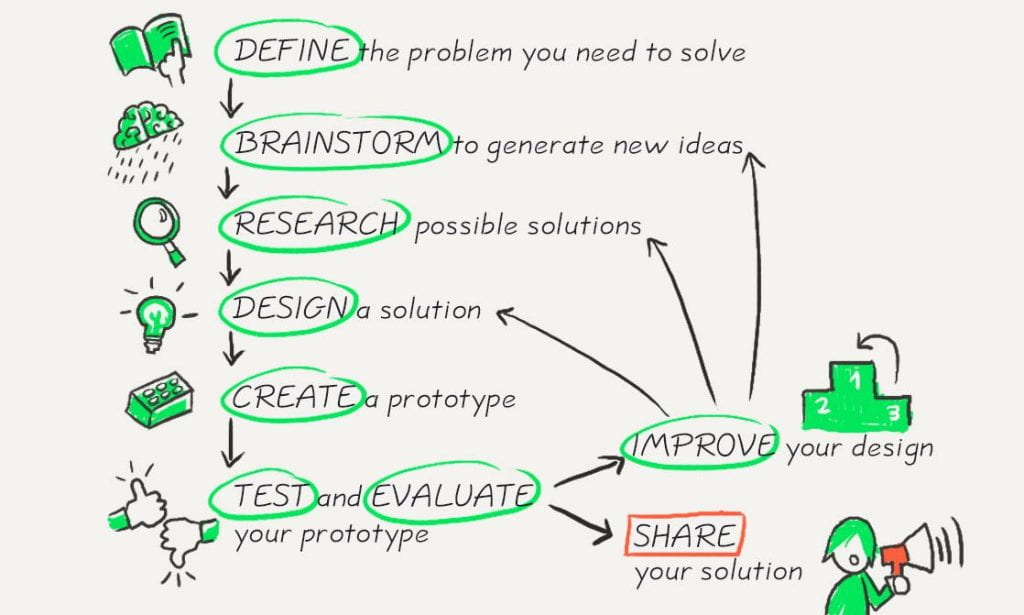building requirements
- is quick and easy to assemble
- has a minimum height of 60 cm
- has a maximum base of 30 cm x 30 cm
- has a flat platform on the top level of at least 5 cm x 5 cm (this will be supplied to you)
- remains standing after an earthquake, as simulated by shaking a table for 10 seconds
- is constructed from the materials supplied by your teacher
- costs less than $60 to build, given the material costs listed below. This budget will be provided twice: once for the intitial prototype, and once again for the second prototype.
Your model can be attached to a bench mat with blu-tack.
material cost
$1 for a strand of spaghetti and $1 for a gram of blue tack.
30 strands wanted= $30
30 grams of blue-tack= $30
total=$60
project summary
In science we participated in this challenge where we had to design and build a building with noodles and blue-tack. This task relates to current real world problems that many countries suffer from which is their buildings not being able to withstand the waves of energy produced by earthquakes.
our overview of engineering process
The process my class used was that we stated the project with a 50 minute design sprint which we tested using an earthquake simulator in the for of an earthquake table then we used the results and info from that to then make a better building where we had more time to build and we had done research to make a stronger building. In the design sprint we had $50 worth of materials then for the actual building we had $60 of materials. Overall my group worked very well with each other and we stayed on task all of the time.
Engineering process

our building plan

Our final building

